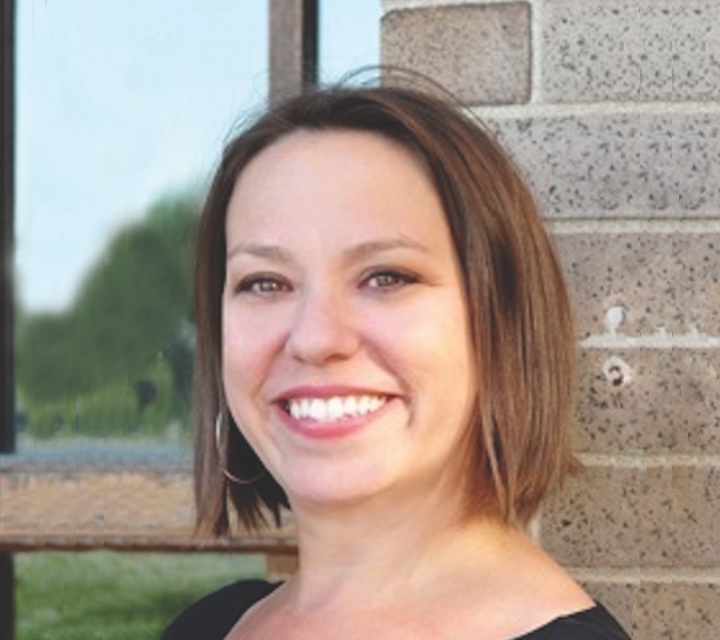In today’s classrooms, tools like cell phone bans, web filters, monitoring software, and parent apps serve as vital guardrails, keeping students safe, focused, and on track. These measures give parents and educators peace of mind, knowing that students are protected from harmful online content, distractions, and the lure of social media during school hours.
But these guardrails are temporary. A day will come when those protective boundaries vanish. It might happen today—when students are visiting a friend’s house after school. Or when there’s a network or system outage. Or in a couple years when they head off to college. What then?
We need to prepare students for a future where they are responsible for navigating the digital world. That means teaching them not just how to follow rules, but how to self-manage, think critically, and make informed decisions online. This is what being a good digital citizen is all about.
The Power of Digital Citizenship Education
Digital Citizenship Week is the perfect time to focus on these skills. It’s about more than just following school policies or using a device responsibly—it’s about equipping students to thrive in a world where the internet plays a massive role in their personal and professional lives. That means knowing when to unplug, how to protect personal information, how to stay safe, and how to engage respectfully and responsibly in online communities.
Lightspeed Systems believes in empowering students by gradually removing the training wheels as they learn to ride on their own. While we provide the safety nets schools need—such as web filtering, monitoring, and app controls—our solutions are designed to help students build autonomy over time. Through age-appropriate controls, flexible policies, and lockout features, we help schools tailor the digital environment to meet students where they are developmentally, while giving them the tools to self-manage.
Teaching Responsibility Through Gradual Independence
As students grow, their digital experiences should evolve too. Younger students benefit from more restrictive settings that block unsafe or distracting content, but as they advance, we can loosen those restrictions and teach them how to handle the freedom responsibly.
With Lightspeed’s age-based policies, schools can ensure that digital experiences are tailored to students’ developmental stages. For example, an elementary student may have highly restricted access to certain apps or websites, but a high school student could have more freedom—with built-in reminders or notifications to help them manage their screen time.
Our lockout features are another way schools can foster digital responsibility. Teachers and administrators can block inappropriate behavior in the moment, but these tools also allow for teachable moments—giving students the opportunity to reflect on their actions and learn from their mistakes. It’s not about punishing them, but about creating opportunities for growth.
The best part about this safe training ground is the ability to trust but verify. Keep an eye on behavior as policies change, pull back and adjust your approach when needed, or check in and have a discussion when students get off track.
Making Digital Citizenship a Community Effort
At Grapevine-Colleyville Independent School District (GCISD), the focus on digital citizenship and cybersecurity is a significant initiative. This effort isn’t just about educating staff on potential cyber threats; it also empowers students through ethical hacking clubs. These clubs help students understand the importance of cybersecurity and digital citizenship while giving them the opportunity to apply these concepts in real-world situations.
Earlier this year, GCISD collaborated with Lightspeed Systems to host an exciting “Beat the Filter” hackathon. During this two-day event, about 20 students from grades 6-12 took on the challenge of trying to bypass the district’s content filtering solution, Lightspeed Filter. Under the guidance of Kyle Berger, the district’s Chief Technology Officer, and with support from both GCISD’s tech team and Lightspeed engineers, students explored innovative ways to navigate around the filter to access gaming sites and other restricted content.
Kyle Berger puts it perfectly: “For us, it’s a way to strengthen our relationship with students because ultimately, our goal is to create a better educational environment for them.”
While events like this provide an engaging way to connect with students, they also highlight the ongoing challenges school districts face as students become more adept at circumventing security measures. That’s why promoting digital citizenship is crucial; it helps students understand their responsibilities and the impact of their online actions.
Beyond School Walls
The lessons of digital citizenship should not stop when the school bell rings. As students become more independent, their ability to self-regulate online becomes critical. Parents play a huge role in this, which is why tools like Lightspeed Parent Portal help keep them involved and informed. Through regular updates and insights into their child’s online behavior, parents can reinforce healthy digital habits at home.
Ultimately, we’re all working towards the same goal: giving students the skills they need to navigate a complex and often overwhelming digital landscape with confidence, empathy, and responsibility.
This Digital Citizenship Week let’s remind ourselves that while filters and firewalls keep students safe today, the ultimate safety net is their own ability to make wise choices. And with the right support—both from their educators and the technology they use—they’ll be ready to do just that.
By focusing on real-world scenarios and practical lessons in digital citizenship, we can equip the next generation to handle the freedoms—and responsibilities—that come with the digital age. At Lightspeed Systems, we’re proud to be part of that journey.

